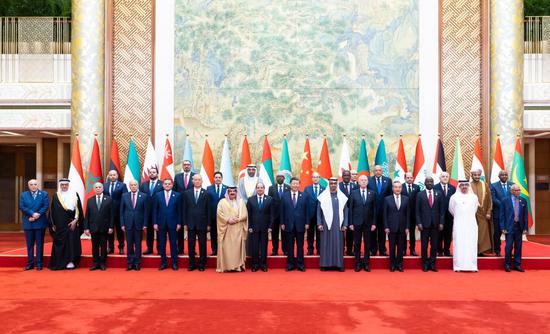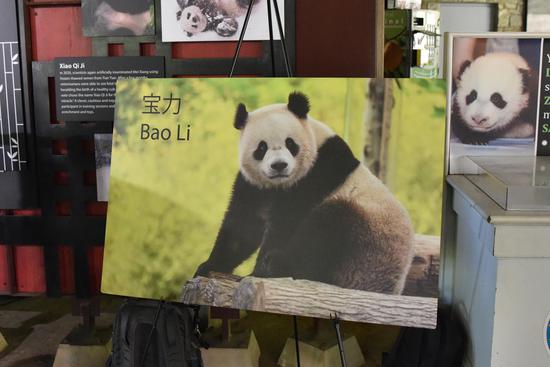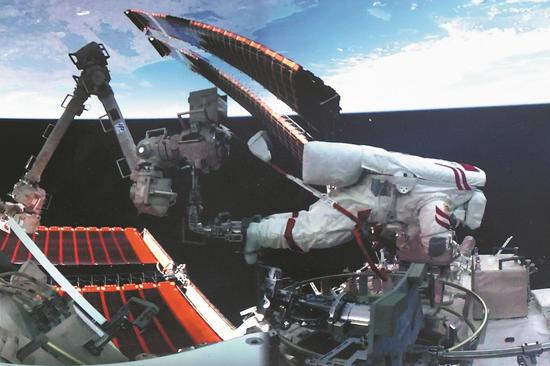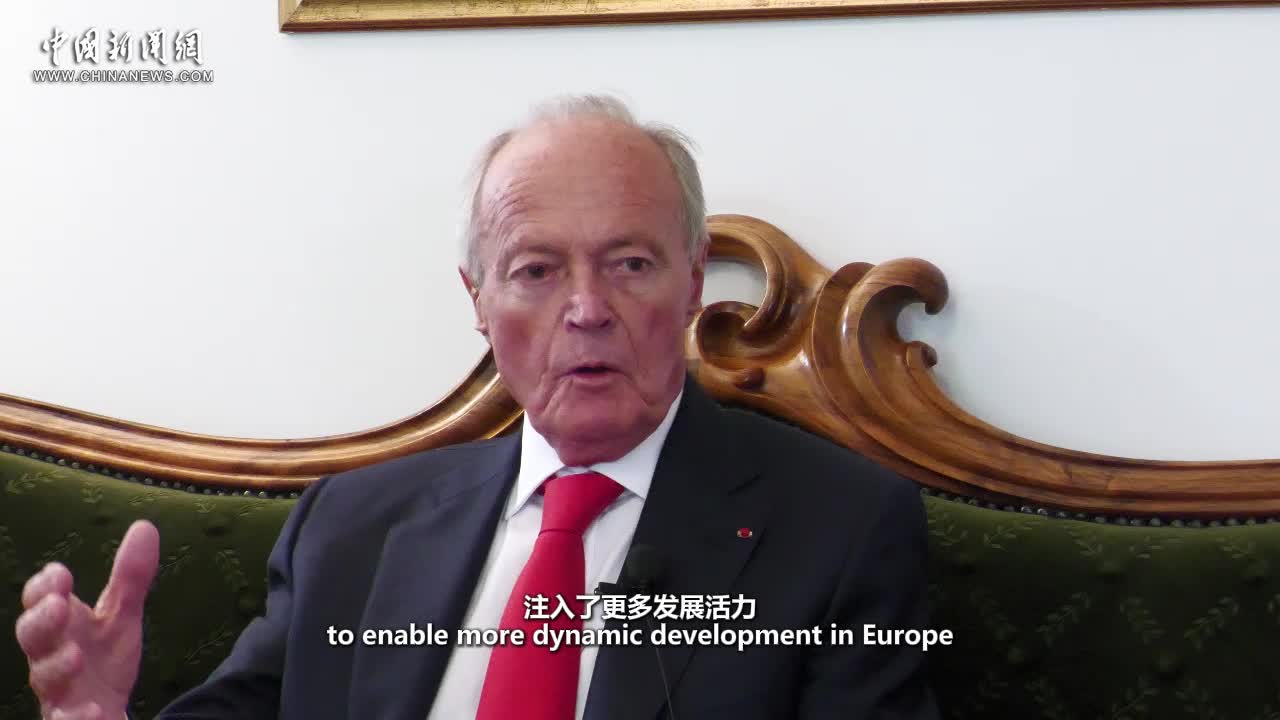(ECNS) -- A Stanford team has been accused of plagiarizing the open-source model MiniCPM-Llama3-V 2.5 developed by Tsinghua University's AI company Model Best. The allegations have sparked heated online discussion.
The Stanford team announced on May 29 the development of Llama 3-V, a groundbreaking AI model, claiming it outperformed other leading models like GPT-4V, Gemini Ultra, and Claude Opus, while being significantly smaller and cheaper to train.
However, it was soon discovered that the model's structure and code were highly similar to MiniCPM-Llama3-V 2.5, with only some variables changed.
On Sunday night, the Model Best team confirmed that Stanford's model not only recognized ancient characters from the Tsinghua Bamboo Slips but also produced identical erroneous results to the MiniCPM-Llama3-V 2.5 model. The ancient character data was scanned and manually annotated by the Model Best team over several months and had never been publicly released, thereby confirming the plagiarism.
At 1:27a.m., Siddharth Sharma and Aksh Garg, developers from the Stanford Llama3-V team, apologized to Model Best on social platform X for academic misconduct and promised to withdraw all Llama3-V models.
Li Dahai, CEO of Model Best, responded in a post on his social media account, saying, "We deeply regret this incident. On the one hand, we feel that this is also a kind of recognition from the international community, and on the other hand, we call on everyone to build an open, cooperative, and trusting community environment."
When asked by The Time Weekly how to avoid similar occurrences, Li said, "It shouldn’t be difficult to (avoid). This is mainly an issue of academic ethics."


















































 京公网安备 11010202009201号
京公网安备 11010202009201号